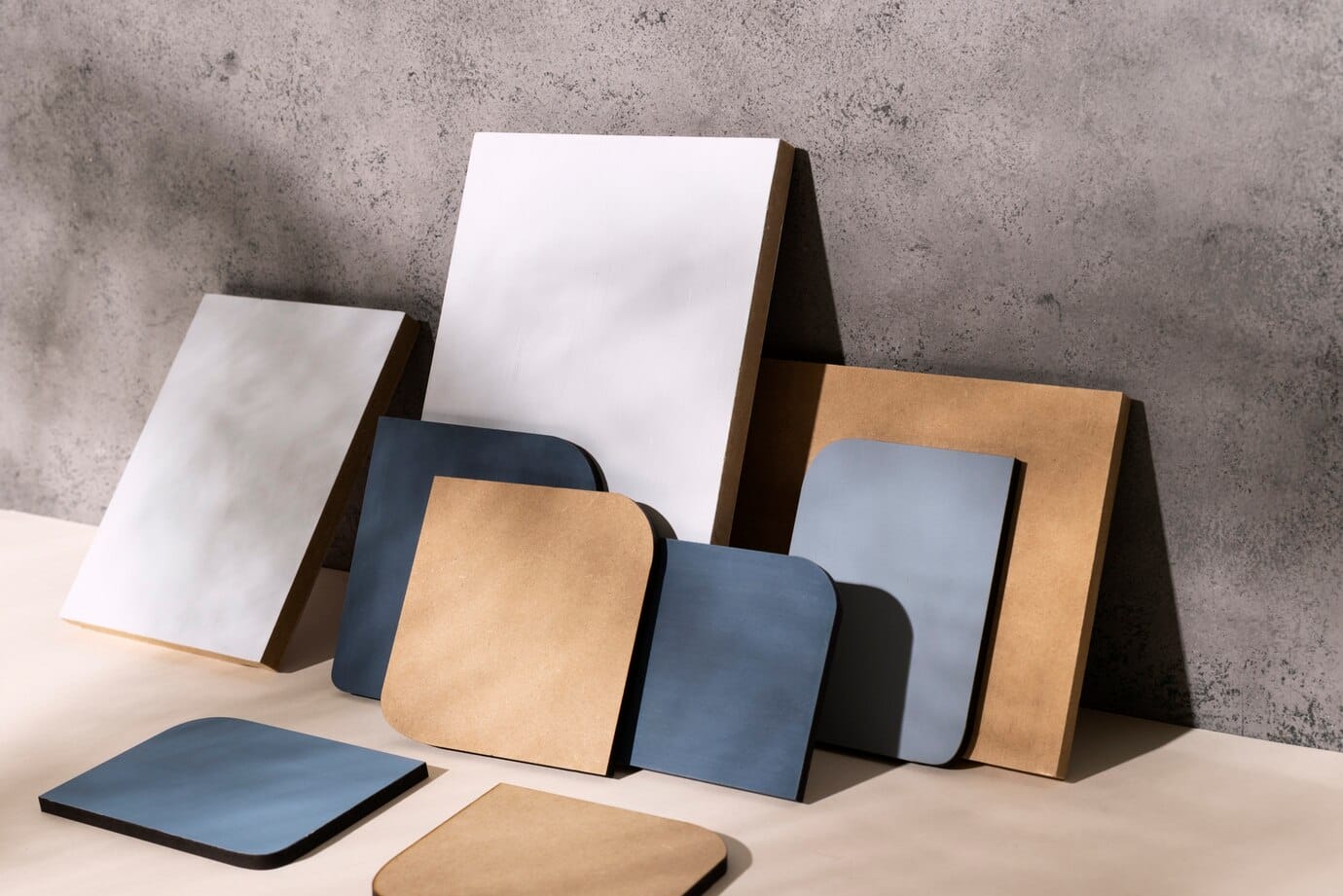Choosing the right tile backer board is crucial for the longevity, durability, and overall success of your tiling project. Whether you are a DIY enthusiast or a professional tradesperson, understanding the different types of backer boards, their applications, and how to install them can make a significant difference in the quality of your work.
In this comprehensive guide, we at Tiles & Trims will walk you through everything you need to know about tile backer boards, so you can make an informed decision and achieve the best possible outcome for your tiling project.
Types of Tile Backer Boards and Their Applications
XPS Cement Boards:
XPS Cement boards are the most popular and commonly used type of tile backer board. They are made from a mixture of cement, sand, and fibreglass mesh, which provides excellent strength and durability. These boards are suitable for use in wet areas such as bathrooms, showers, and kitchens, as well as outdoor applications like patios and decks. Cement boards are available in various thicknesses and sizes, allowing you to cater to your individual project requirements.
Fibre-Cement Boards:
Fibre-cement boards offer a lightweight alternative to traditional cement boards. They are made from cement mixed with cellulose fibres, making them more comfortable to work with and install. While they share many properties with cement boards, fibre-cement boards have a smoother and more uniform surface, making them a preferred choice for specific installations, such as when using large-format tiles or working on walls with a high level of detail.
Foam Boards:
Foam boards are lightweight, moisture-resistant, and offer excellent insulation properties, making them an increasingly popular choice for tile backer boards. They are primarily made from extruded polystyrene (XPS) foam core, with top layers of reinforced cement for added strength. Foam boards are easy to cut and handle, making them suitable for DIY enthusiasts or tradespeople who appreciate their ease of installation. However, they are not as robust as cement or fibre-cement boards, so it's crucial to consider their application and whether they will provide the durability required for your project.
Gypsum Boards:
Gypsum boards are made from water-resistant gypsum cores with fibreglass mats on each side. While they can be used as a tile backer board, they are mainly recommended for low-moisture or dry applications such as basement walls and non-wet areas in bathrooms. They are not suitable for areas that will be exposed to continuous or excessive moisture.
Tile Backer Board Installation Tips and Best Practices
Proper Surface Preparation:
To achieve the best results for your tile installation, ensure the surface onto which you are installing the backer board is clean, free of debris, and level. If the surface isn't level, consider using a levelling compound to create an even base.
Measure and Cut Accurately:
Take the time to measure and mark the backer boards for accurate cutting, as this will result in a more professional finish and ensure a better fit. Use appropriate tools, such as a utility knife for foam boards and a carbide-tipped scoring tool for cement or fibre-cement boards.
Fastening the Boards:
Use the appropriate fasteners for the type of backer board and application. Generally, galvanised screws or nails are recommended for cement and fibre-cement boards, while non-corrosive, compatible anchors are advised for foam boards. Ensure the fasteners are placed at the specified intervals for maximum board stability.
Waterproofing:
For wet area installation, apply a waterproofing membrane to the tile backer board's surface. This will ensure that water does not penetrate the board and compromise the tile installation. Select a suitable waterproofing product that is compatible with your chosen backer board material.
Insulation and Energy Efficiency
When installing tile backer boards in areas susceptible to heat and cold, it is essential to consider the insulation properties of the backer board material. Foam boards offer the best insulation and are an excellent choice for exterior walls, floors with underfloor heating, or rooms where thermal insulation is required. Cement and fibre-cement boards provide some insulation, but not as much as foam boards. Gypsum boards have the least insulation, so they should not be used for areas where energy efficiency is a priority.
Making the Right Choice for Your Project
Before selecting your tile backer board, answer these key questions:
1. Is the area prone to moisture or water exposure?
2. What is the required installation thickness?
3. Are insulation and energy efficiency important factors?
4. How much weight will the board need to support (e.g., large tiles, wall installations)?
5. What type of tile will be used, and does it require a specific backer board material?
Considering these factors, alongside the different materials discussed earlier, will guide you in making the right choice for your specific tiling project.
Conclusion
Selecting the appropriate tile backer board is essential for ensuring your tiling project's success, longevity, and durability. By understanding the various types of backer boards and their unique applications, you can make an informed decision to create a reliable and stable tiling surface. Combine this knowledge with proper installation techniques, waterproofing, and insulation considerations to achieve a perfect tiled surface that will last for years to come. Don't hesitate to reach out to us at Tiles & Trims for assistance with your tile backer board queries or other tiling needs – we are here to help you create the best possible results for your project!

